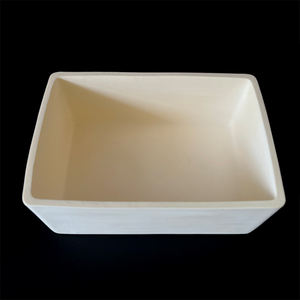Professional industry ceramic supplier, silicon nitride, silicon carbide, aluminum nitride and any other kinds of ceramics.
PRODUCT PARAMETERS
Description
Overview of Refractory Mullite / Cordierite Ceramic Component For Heating
Refractory Mullite / Cordierite Ceramic Component For Heating are non-metallic substances designed to withstand extreme temperatures exceeding 1,000°C, along with harsh chemical and physical stresses. They are essential for the inner linings of industrial furnaces, kilns, reactors, and incinerators, providing critical thermal insulation and structural integrity in processes ranging from metal and glass manufacturing to power generation.
Features of Refractory Mullite / Cordierite Ceramic Component For Heating
-
High-Temperature Resistance: Maintain structural strength and stability at temperatures often exceeding 1500°C.
-
Excellent Thermal Shock Resistance: Withstand rapid heating and cooling cycles without cracking or spalling.
-
Chemical Inertness: Resist corrosion and degradation from slags, molten metals, and acidic or basic environments.
-
High Mechanical Strength: Possess considerable load-bearing capacity at operating temperatures.
-
Low Thermal Conductivity: Provide effective insulation to improve energy efficiency and protect furnace structures.
-
Abrasion Resistance: Withstand erosion from solid materials and gas flows.
Specification of Refractory Mullite / Cordierite Ceramic Component For Heating
This ceramic part manages severe warmth. It’s made from mullite and cordierite. These materials are tough. They are good for heating systems and heating systems. The component functions well at really high temperatures. It does not thaw or change form conveniently. This stability is important.
It likewise resists thermal shock. Temperature level changes occur quick. Several materials crack. This ceramic part takes care of those adjustments. It heats up and cools without breaking. That implies it lasts a long time. You get reputable performance.
The ceramic is chemically stable. It does not react with many things. Gases, steels, or ashes will not harm it. This keeps the component tidy. It also keeps the process clean. You avoid contamination. That’s essential for top quality work.
Its stamina is great. Even at high warmth, it remains solid. It won’t droop or flex. This is vital for sustaining things. Loads remain safe. The setup stays secure.
The ceramic component is resilient. It makes it through harsh problems. This reduces exactly how commonly you change parts. You conserve money with time. Maintenance comes to be simpler too.
It insulates warmth well. This makes furnace efficient. Less warmth leaves. Power expenses go down. You improve control over the temperature level.
You can form this ceramic into different forms. Plates, tubes, or customized forms are feasible. It fits several heating system designs. Installment is simple. It collaborates with usual heating system components.
Applications of Refractory Mullite / Cordierite Ceramic Component For Heating
Refractory mullite and cordierite ceramics are vital for high-heat jobs. They handle extreme temperature levels exceptionally well. This makes them perfect for demanding home heating tools. Furnace cellular linings regularly utilize these materials. They develop a solid, heat-resistant obstacle inside the furnace. This shields the external heating system framework from intense warm. Kiln furniture like shelves and articles likewise relies upon them. These parts hold heavy products throughout firing. They need to not warp or break under the heat and weight. Mullite and cordierite provide this stamina.
Thermal shock resistance is another key advantage. Tools heats up and cools off many times. Unexpected temperature changes can split weak products. These ceramics withstand these quick changes much better. This results in longer-lasting components and less downtime. Burner nozzles and fire tubes benefit considerably. They sit right in the most popular component of the flame. They need to endure constant high warm and direct flame call. Mullite and cordierite porcelains perform accurately here.
Heat exchanger parts likewise make use of these materials. Heat exchangers move warm effectively between gases. The ceramic parts must be steady and resist corrosion at heats. Mullite and cordierite keep their form and residential properties. They guarantee good warm transfer over a long service life. Shielding components are another application. Sometimes reduced thermal conductivity is needed to conserve energy. Cordierite commonly functions well for these shielding duties. It helps catch heat inside the furnace or kiln. This minimizes power waste and reduces operating expense.
These ceramics support components like silicon carbide or molybdenum disilicide also. They hold the heating elements securely in position. They protect electrically and thermally. This arrangement makes certain warmth goes where it’s required. Factories use them for crucibles and pouring spouts. These handle liquified metal safely. The porcelains stand up to chemical assault from the thaw. They protect against contamination and last through lots of puts. Mullite and cordierite ceramics are really crucial for industrial heating. They supply the sturdiness, warmth resistance, and long life required.
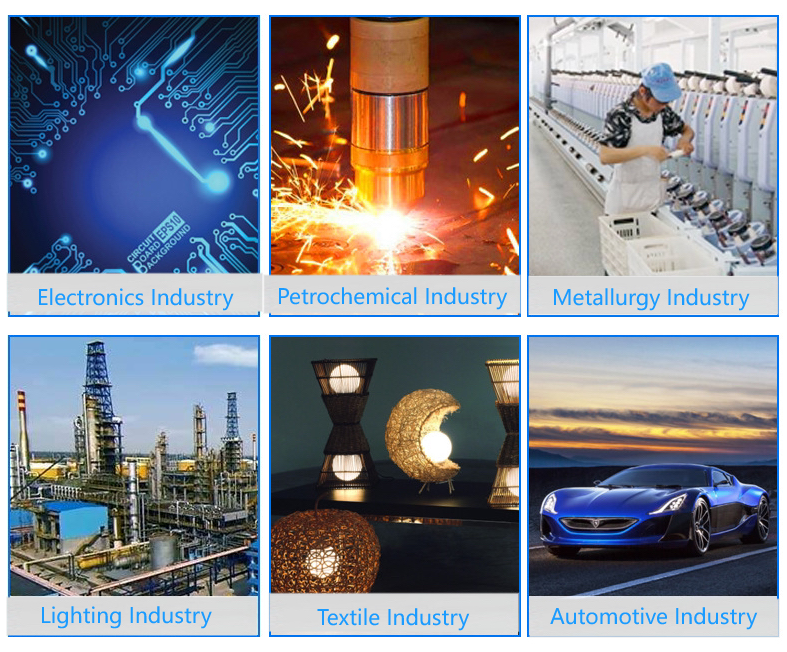 Company Profile
Company Profile
Tanki New Materials Co.Ltd. focus on the research and development, production and sales of ceramic products, serving the electronics, ceramics, chemical and other industries. Since its establishment in 2015, the company has been committed to providing customers with the best products and services, and has become a leader in the industry through continuous technological innovation and strict quality management.
Our products includes but not limited to Aerogel, Aluminum Nitride, Aluminum Oxide, Boron Carbide, Boron Nitride, Ceramic Crucible, Ceramic Fiber, Quartz Product, Refractory Material, Silicon Carbide, Silicon Nitride, ect. please feel free to contact us.
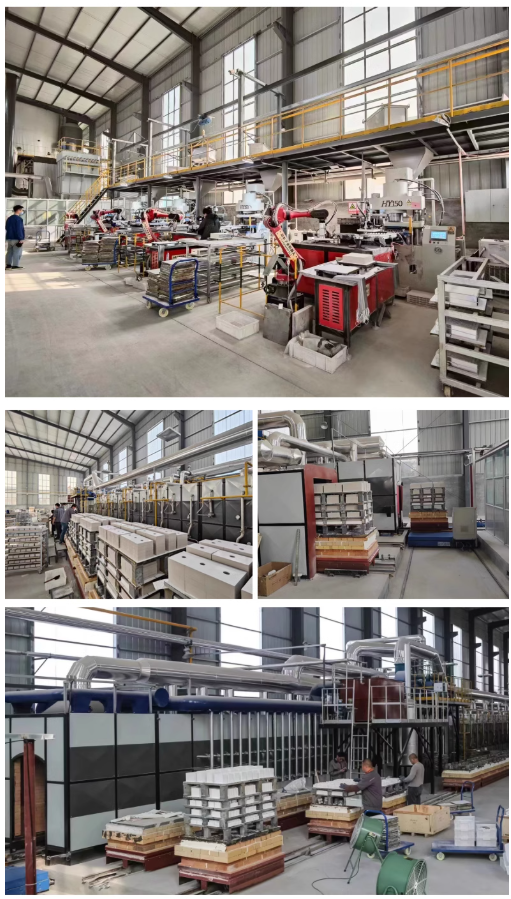 Payment Methods
Payment Methods
T/T, Western Union, Paypal, Credit Card etc.
Shipment Methods
By air, by sea, by express, as customers request.
5 FAQs of Refractory Mullite / Cordierite Ceramic Component For Heating
What’s the highest temperature these parts can handle?
Mullite ceramics usually handle up to 1700°C. Cordierite parts manage slightly lower temperatures, typically around 1300°C. Check the exact specs for your specific part. Exceeding these limits risks damage.
Will sudden temperature changes break them?
These ceramics are good at handling quick heating or cooling. Cordierite is especially strong against thermal shock. Mullite also performs well here. They won’t easily crack from normal furnace start-ups or cool-downs. Avoid extreme, rapid temperature swings if possible.
How long do these ceramic heating elements last?
Lifespan depends heavily on use. Operating temperature, cycling frequency, and furnace atmosphere matter most. Used correctly within their limits, they last many years. Harsher conditions shorten their life. Proper installation helps maximize durability.
Do they need special maintenance?
Generally, very little maintenance is needed. Their main job is resisting heat and wear. Inspect them occasionally for cracks or major wear. Keep them clean from heavy slag buildup. Replace them only when they show significant damage or stop working right.
Are these parts safe for my furnace?
Yes, when used as designed. They are chemically stable and don’t release harmful fumes at high heat. Ensure they meet your furnace’s required safety certifications. Correct installation is critical for safe operation. Always follow the manufacturer’s guidelines.
REQUEST A QUOTE
RELATED PRODUCTS
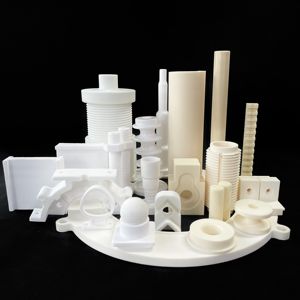
High Purity Carbon Graphite Crucible Isostatic Refractory Materials for Precious Metal Smelting and Cast Iron Casting
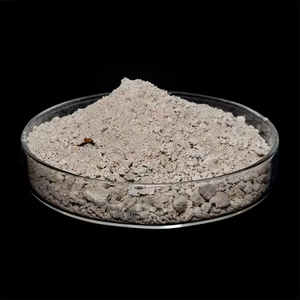
NC 1400 Degree Refractory Heat Insulation Wool Ceramic Fiber Board For Industrial Furnace Kiln
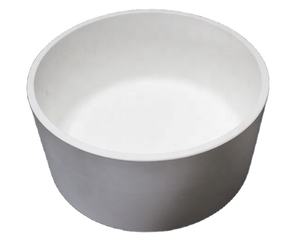
High Heat Resistance Refractory Cordierite Mullite Ceramic Part For
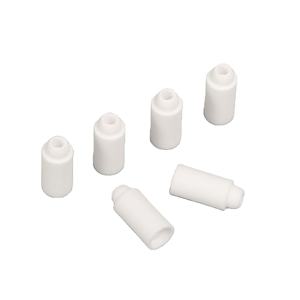
Refractory Insulation 1430 Ceramic Fiber Module Aluminum Silicate Cotton Blocks For Kiln
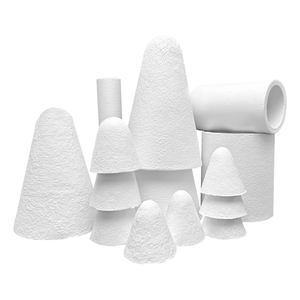
Refractory Ceramic Fiber Cotton Bulks for Thermal Insulation Ceramic Fiber Wool


